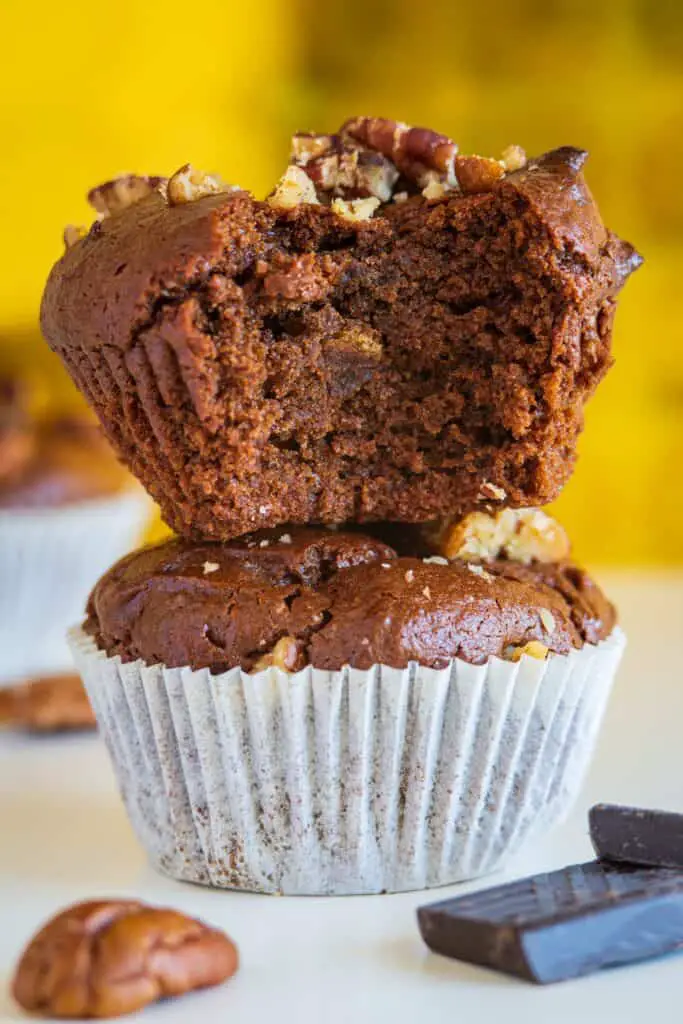Whether you just found out you have an allergy or you’re just wanting to experiment with gluten-free flour, you should know its uses. Baking and cooking with gluten-free flour are a little different than using normal flour. It might take some trial and error when you are first getting started.
Use this guide to find out everything you need to know about the uses of gluten-free flour.
Gluten-free flour basics
Here are some of the basics you need to know when using gluten-free flour. Make sure you know the purpose of gluten and what it does before choosing which kind of flour you want to use:
- Different purposes will need different gluten-free flours: Different types of flours have different amounts of gluten development. For example, bread flour needs to have more gluten because the bread will need to be thicker and chewier. Pie crusts have less gluten because they need to be tender and flaky. Cake flour is also very low in gluten because it needs to be less chewy than thicker items such as pizza crust.
- Glutens make the item doughier: When glutenin and gliadin are surrounded by water, the gluten molecules will develop and begin to form strong and sticky bonds. These elastic bonds make the dough stretchier. The more stretch, the more gluten.
- Gluten helps dough rise. The amount of water added to the flour affects gluten development. The more water that’s added, the chewier the dough will be. This is part of the reason why dough can rise when yeast is added. The yeast will give off gas and the gas will trap gluten molecules making the sough rise quicker.

What can gluten-free flour be used for?
Gluten-free flour can be used for most baking and cooking. You can use gluten-free flour in old recipes or new recipes. You can use it to make muffins, cakes, cookies, or bread. You can also use it in sauces or to roll meat and vegetables in.
Can gluten-free flour be used for anything?
Not all gluten-free flours can be used for everything. For example, some gluten-free flours can have nutty or other distinct flavors. You might not want to use these for all baking or cooking. You might also need to mix the flours together depending on what you’re making to make sure you get good results.
Can gluten-free flour be used for baking?
Yes, gluten-free flour can be used for baking. You usually can’t directly substitute them for one another though. Depending on the recipe, you might need to use more or less flour. You might also want to combine different types of flour together to get the result you want.
There are some more tips below on using gluten-free flour for baking. Make sure to consult online baking resources or other bakers to see how they use gluten-free flour for baked goods.
How does gluten-free flour affect baking?
Gluten plays a huge part in baking. You will need to use different types of gluten-free flour to achieve the same results you would get with normal flour. There are many different types of gluten-free flour that can be used for baking:
Gluten-free starches
These starches can be used to thicken liquids. They will add bulk and texture to your baked goods even though they are gluten-free. Some of the most commonly used ones are:
- Cornstarch
- Tapioca starch
- Arrowroot starch
- Potato starch
These are great additions to any baking, but you still need to use other things to make sure the baked goods don’t fall apart.
Low protein gluten-free flour
Many grains that you can use for gluten-free baking include ride, millet, and corn. These are used for some baking and cooking including:
- Thickening sauces
- Coating meat for frying
- Making tempura
- Baking flatbreads
Keep in mind that some low protein gluten-free flours have a very strong taste including amaranth, quinoa, sorghum, teff, and buckwheat. You will be able to taste these grains no matter what you cook them with. This means they aren’t suitable for all recipes. Only use these grains when you want to taste them, such as when making certain types of bread.
High protein gluten-free flours
These usually aren’t made from grains but from legumes. Some examples include garbanzo beans, fava beans, and soybeans. These flours are dense and often taste like beans. If you want to use them in baked goods, you will need to combine them with one or more low protein gluten-free flours.
Some gluten-free flour mixes already have several different flours combined to make baking with them easy.
Substituting gluten-free flour in recipes
If you simply replace the regular flour with gluten-free flour, you will get some weird results. Knowing how to substitute correctly is essential when it comes to baking.
The easiest way to bake with gluten-free flour is to buy gluten-free flour mixes or cake mixes that already have instructions and a good mix of flour to make good results.
Another easy tip to follow is to bake all breads and rolls in a muffin tin or another container with walls. Without gluten, they will need more help forming.
Add protein to gluten-free flour. For example, you might want to replace the water in the recipe with eggs or milk. Always make sure you aren’t cross-contaminating and keep your gluten-free flour in the fridge.

What are gluten-free flour’s recommended uses?
You can use gluten-free flour for lots of things including:
- Thickening sauces
- Coating meats to dry
- Making tempura or coating vegetables
- Baking pizza or flatbreads
- Baking cakes, cookies, or muffins
- Baking bread loaves
- Making rolls
You can use it to make many different things, although it might take some time to get used to when using it for the first time.
